In one way or another, the future may witness humanity leaving Earth, perhaps to build a new home elsewhere. This also raises significant questions such as: What will happen if people try to establish families while in space? Will the children born be healthy, and will they be able to adapt to life back home on Earth?
Although some scientific studies suggest that children born in space may be completely healthy, the truth is that no one knows for sure. To help find answers, biologists have been sending animals into space for years to see if they can successfully reproduce in orbit.
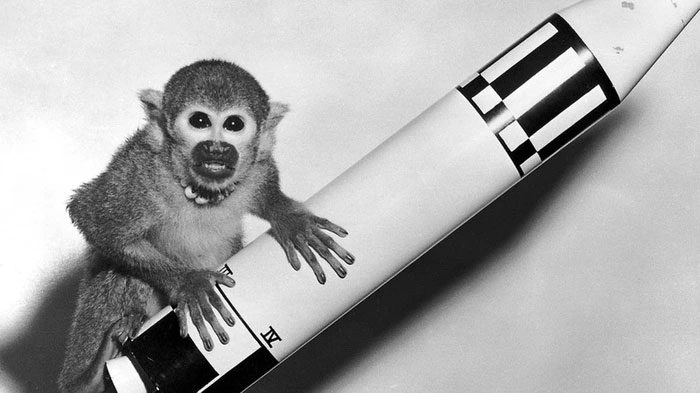
Biologists have sent animals into space for years.
However, at this point, it seems that there are still more questions than answers. Most of the animals that have reproduced in space are invertebrates, such as worms and snails. More complex organisms tend to be more sensitive to changes, and vertebrates sent into space often have less fortunate outcomes.
Understanding how vertebrates function in outer space is crucial for the future of humanity in other parts of the galaxy. So far, scientists have discovered that while some species can give birth more or less normally in orbit, others face health issues. A study published in the journal Life (Basel) identified that the main issue seems to stem from the lack of gravity. Nevertheless, some species have been able to mate and reproduce successfully in space (both vertebrates and invertebrates). Below are some organisms that have been born and raised in space.
Fruit Flies
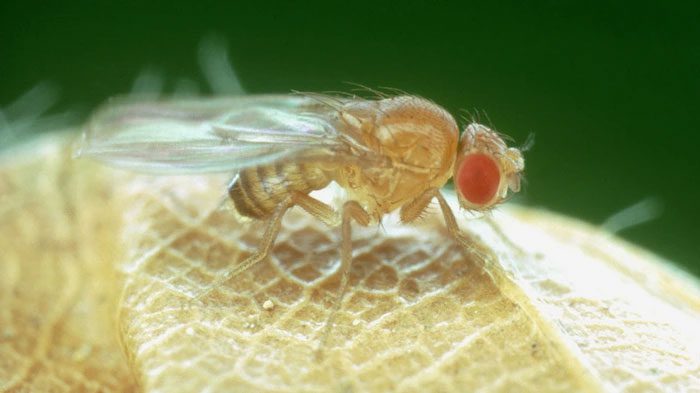
In 1947, fruit flies were sent into space before humans.
The first astronauts (not human) were fruit flies. In 1947, as noted in Nature, several species of insects were launched into orbit aboard a German V2 rocket, more than a decade before NASA was established.
Since then, fruit flies have become an extremely important test animal in studies on how space flights affect living organisms: Genetically and cellularly, they are surprisingly similar to humans, and they are small enough that we can transport an entire “army” of fruit flies into outer space. Because they are convenient small animals for experiments, they have continued to be subjects of study in the 21st century, flying into orbit on a SpaceX Dragon capsule long before any human did.
In some experiments, fruit flies successfully produced offspring in orbit. As a study in PLoS ONE reported, this occurred in 2006 during a NASA shuttle experiment.
However, there is a concerning detail regarding fruit flies born in space: their immune systems were compromised. While adult flies were not affected by the journey into space, their young exhibited cellular changes that made them less capable of fighting off bacterial infections.
Other studies also indicate that the microgravity environment in orbit causes the sperm cells of fruit flies to become less active, potentially impacting their reproductive capabilities.
Jellyfish
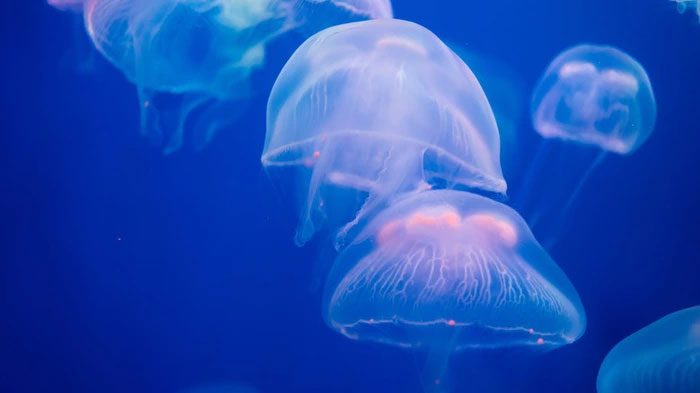
The NASA STS-40 mission in 2014 sent jellyfish into orbit.
So far, the most prolific reproducing organism in orbit has been the jellyfish. NASA’s STS-40 mission in 2014 was the first space mission entirely dedicated to life sciences. This shuttle carried 2,000 jellyfish as passengers. By the end of the mission, they had produced thousands of new offspring.
Cockroaches
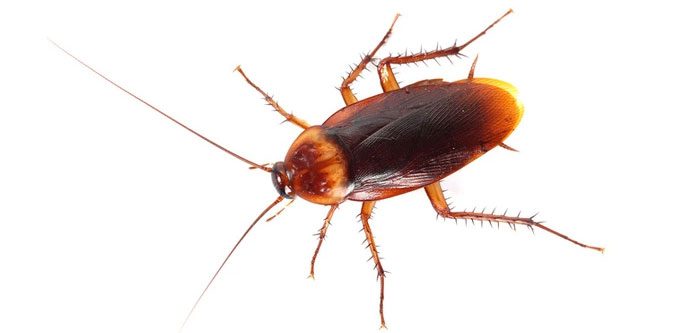
Cockroaches are famous for their resilience and survival skills, as well as their good radiation resistance.
In 2007, an experiment by the Russian space agency Roscosmos aimed to get cockroaches to mate in orbit. Cockroaches are known for their resilience and survival, and they have better radiation resistance than humans, which is certainly a useful skill in orbit where radiation levels are significantly higher than here on the Earth’s surface.
The cockroaches in the Russian experiment were not actually born in space. The mother cockroach, named Nadezhda (which means hope in Russian), did not give birth until it safely returned to the Earth’s surface. The space cockroaches demonstrated that conception in a microgravity environment was not an issue for Earth organisms. It seems that health problems affecting other animals born in space arose during their growth and development.
Japanese Medaka Fish
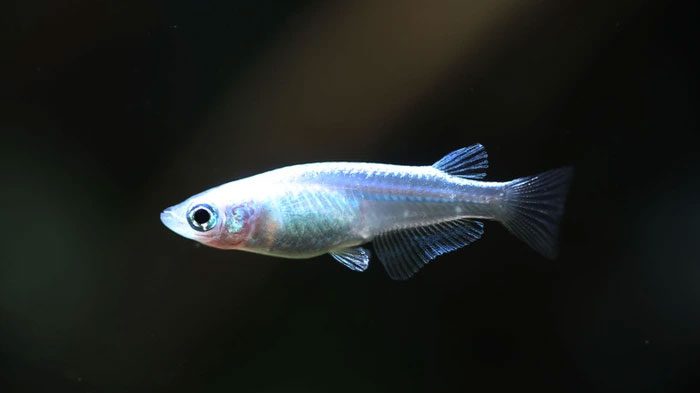
Many fish species struggle to swim in microgravity due to disorientation.
Research on life in space for humans will be more beneficial when it comes from other vertebrates, and the first vertebrates to be bred in space were fish. As explained in Life (Basel), a 1994 experiment showed that for the first time, vertebrates could mate, fertilize, and hatch outside of Earth.
The experiment, code-named MEDAKA, was named after the species in question—the Japanese medaka, also known as medakas. Many fish species struggle to swim in microgravity due to disorientation from the lack of gravity, causing them to swim in circles, trying to find a way up. However, medakas have an incredible ability to withstand microgravity and can swim normally in space. This makes them quite suitable for becoming underwater astronauts.
The first medaka fish to fly on the shuttle laid a total of 43 eggs, 8 of which hatched before landing, producing the first healthy fish born in space. However, adult fish do not adapt well to microgravity.
Frogs

Frogs born in space will not be as healthy as fish.
According to Life (Basel), frogs born in space will not be as healthy as fish. On Earth, frog eggs require gravity to survive. However, their embryos tend to develop some abnormalities, which may lead to congenital disabilities when in outer space.
Japanese Quail
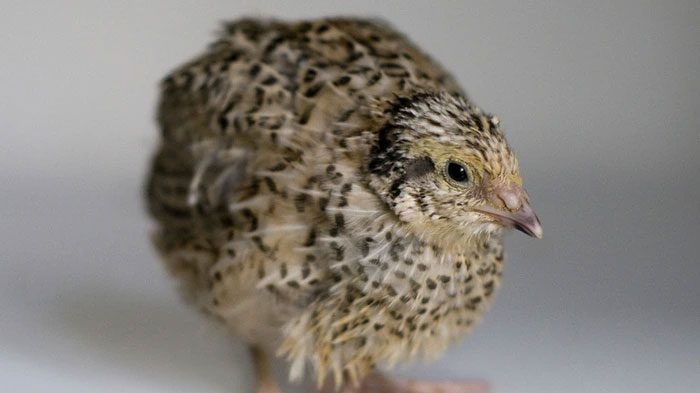
Japanese quail were born aboard the Mir space station.
A lesser-known aspect of the Space Race between the United States and the Soviet Union was the competition to incubate the first bird eggs in space. In 1990, according to a review in Life (Basel), the Soviet Union won this competition when Japanese quails were born aboard the Mir space station. The eggs were fertilized on Earth but then sent into space, where they were incubated and hatched in Earth orbit. This initial experiment revealed some insights into the development of animals in a microgravity environment.
On one hand, the incubation time for the eggs was equivalent to the time they would typically spend on the Earth’s surface: Animals did not take longer to develop when in space. On the other hand, the newly hatched chicks were also more likely to have congenital disabilities, particularly in the brain, eyes, and beak, while the hatch rate was significantly lower than normal. It is clear that animals can be very sensitive to an almost weightless environment.
Monkeys
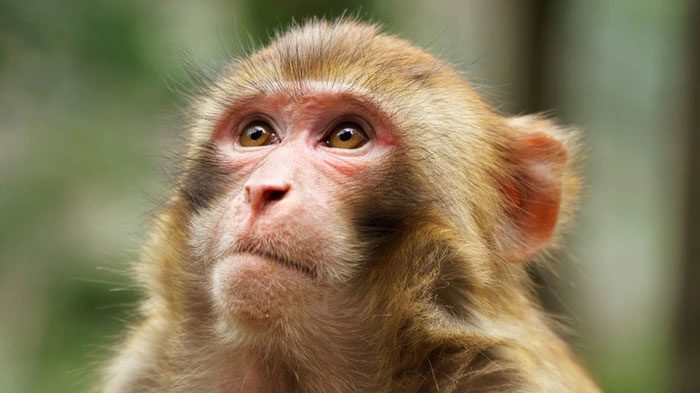
China launched monkeys into orbit in 2022.
China officially inaugurated its new Tiangong space station in November 2022, and the China National Space Administration (CNSA) plans to elevate orbital animal experiments to a new level.
Its largest module, named Wentian, is dedicated to life sciences experiments, with over 1,000 experiments planned for it. Among these is a project involving sending monkeys into space to study how they reproduce in a microgravity environment. If successful, these will not only be the first mammals born in orbit but also the most human-like animals to reproduce in space.


















































